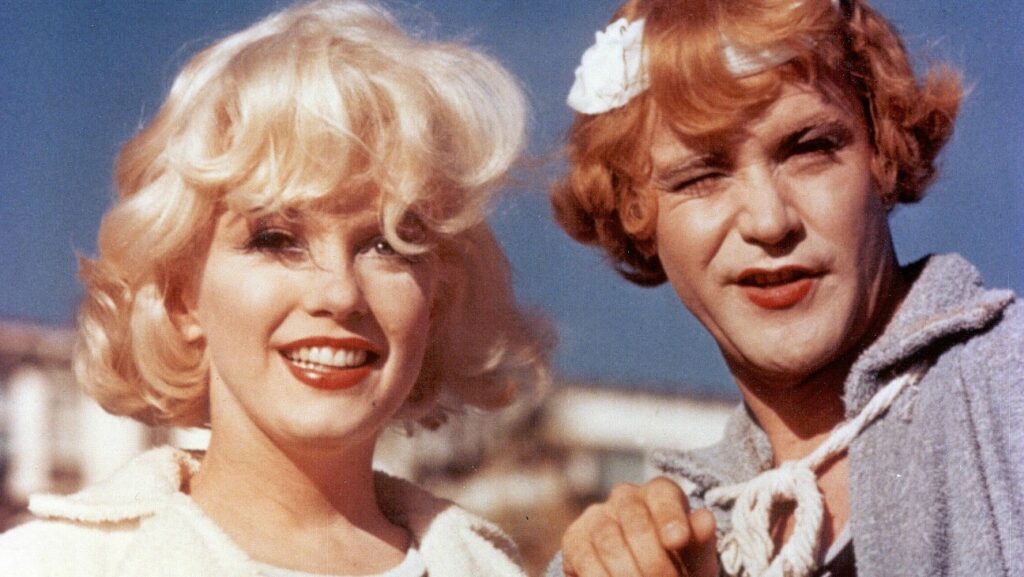Policing the movie industry for numerous decades, the Motion Picture Production Code or the Hays Code heavily enforced strict regulations on released content from the early 1930s to the late 1960s. The implementation of the Hays Code aimed at improving the movie industry’s image as Hollywood scandals continued to occur.
Released without the Production Code Administration’s certificate of approval, Some Like It Hot, the 1959 movie directed by Billy Wilder, portrayed themes of homosexuality, female objectification, and misogyny while establishing its status in the movie industry history as one of the greatest released comedies.
What Was the Hays Code Approval?
For numerous decades in Hollywood, from 1934 to 1968, the movie industry governed itself through a series of guidelines entitled the Hays Code, setting strict rules to the content movie studios released. Officially named the Motion Picture Production Code, the title later became popularized as the Hays Code in commemoration of the Motion Picture Producers and Distributors of America or the MPPDA president from 1922 to 1945, Will H. Hays. (Source: ACMI)
Produced to aid in the movie industry’s image rehabilitation in the 1920s after numerous Hollywood scandals, including Olive Thomas’ passing, William Desmond Taylor’s murder, and the alleged rape of Virginia Rappe by esteemed silent film actor Roscoe Fatty Arbuckle, the Hays Code emerged as a response to the condemnation of the movie industry in the United States. (Source: ACMI)
Films were beginning to mature, they were dealing with adult content. They were sort of racy and projected images of women in power and making their own choices. There were off-screen stories of drugs and alcohol and partying and overindulgence… So, all of these things brought really widespread condemnation from religious, civic, and political organizations. Many felt that the movie industry was morally questionable so there was all this political pressure.
Curator Chelsey O’Brien
The lengthy Hays Code emphasized topics forbidden on screen. For sex and relationships, the Hays Code entirely prohibited complete nudity, homosexuality, childbirth scenes, and references to sexual behavior. More examples included imposed restrictions on the depiction of crime and religion. (Source: Men’s Health)
Billy Wilder’s Wildest and Comedic Release
The release of Director Billy Wilder’s 1959 Some Like It Hot without the Production Code Administration’s certificate of approval became revolutionary during the period of the Hays Code enforcement.
The movie successfully challenged censorship rules and the harsh gender norms imposed during its era. Starring Marilyn Monroe in her last leading role, Jack Lemmon, and Tony Curtis, Some Like It Hot remains one of the greatest comedies. (Source: The Take)
A story centered around two men dressing in drag in an attempt to escape the mob, Some Like It Hot tackled numerous prevalent issues, including the ban of homosexual depiction, misogyny, female objectification, and the male gaze. Filled with sexual innuendos and language, the Catholic League of Decency publicly condemned the film upon its release, stating that it heavily offended the traditional and Christian standards of morality and decency. Kansas even banned the film as it deemed cross-dressing men excessively disturbing. (Source: The Take)
Regardless of the condemnation it received, Some Like It Hot remained prosperous as it obtained six Academy Award nominations, including a win for the movie’s costume designer Orry-Kelly. (Source: Indie Wire)
